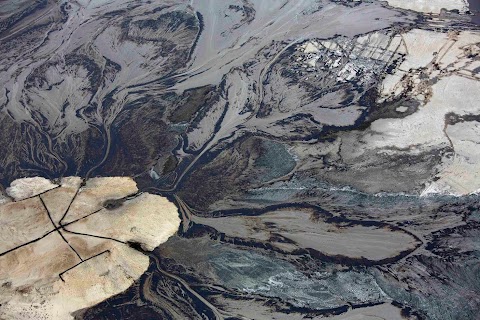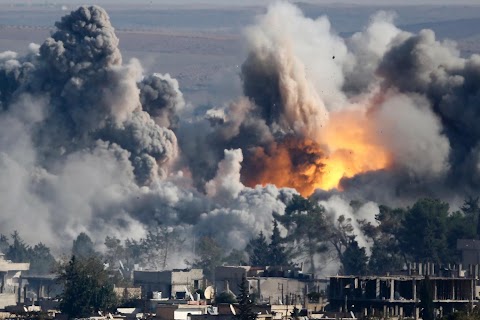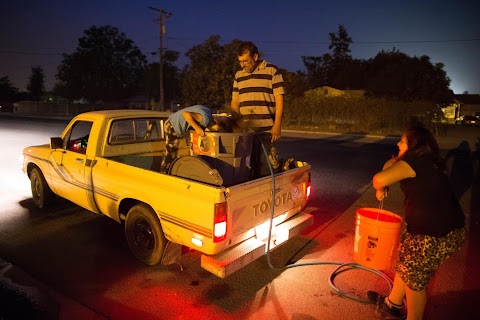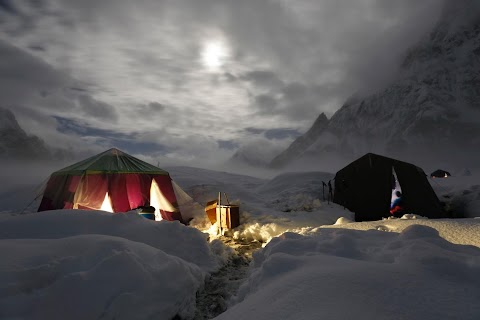
Flying above Canada's oil sands
Canada's Alberta province is home to the world's third-largest proven reserves of crude oil, which comes in the form of tar sands dug up in open-pit mines with massive shovels, or blasted with steam and pumped to the surface, before it can be extracted.
Canada’s oil sands have helped it become an energy power, but environmentalists and non-governmental organizations have stepped up campaigning against the resource.
Slideshow

Petroleum byproducts lay spread out near the Suncor tar sands operations near Fort McMurray.

A log lays in a tailings pond at tar sands operations in Calgary.

Heavy equipment works on a tailings pond at the Suncor tar sands operations.

A top layer of earth is removed at the Syncrude tar sands operations.

Smoke rises above the Suncor tar sands processing plant near the Athabasca River at their mining operations.

Giant dump trucks haul raw tar sands to be processed at tar sands mining operations.

Giant dump trucks unload raw tar sands for processing.

Bulldozers work clearing an area at the tar sands mining operations.

Fort McMurray is home to one of the world's largest oil reserves and the Alberta tar sands operations.

Worker camp housing projects are seen at the Suncor Firebag in-situ oil sands operations.

A Suncor oil worker checks an oil tank.

Oil flows at the second phase of separation.

A scarecrow is dressed up on sticks to keep birds away from landing on oil ponds.

New pine trees grow at reclaimed land that was once mined by Suncor.














